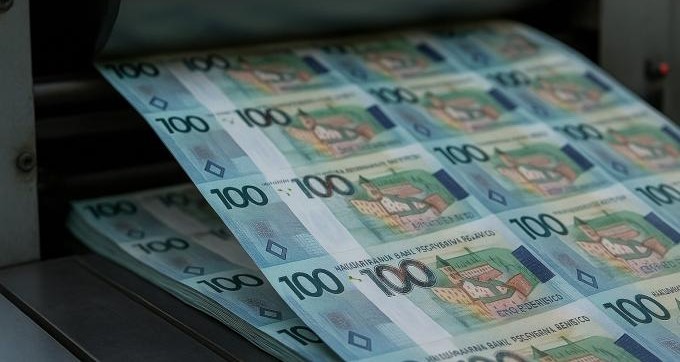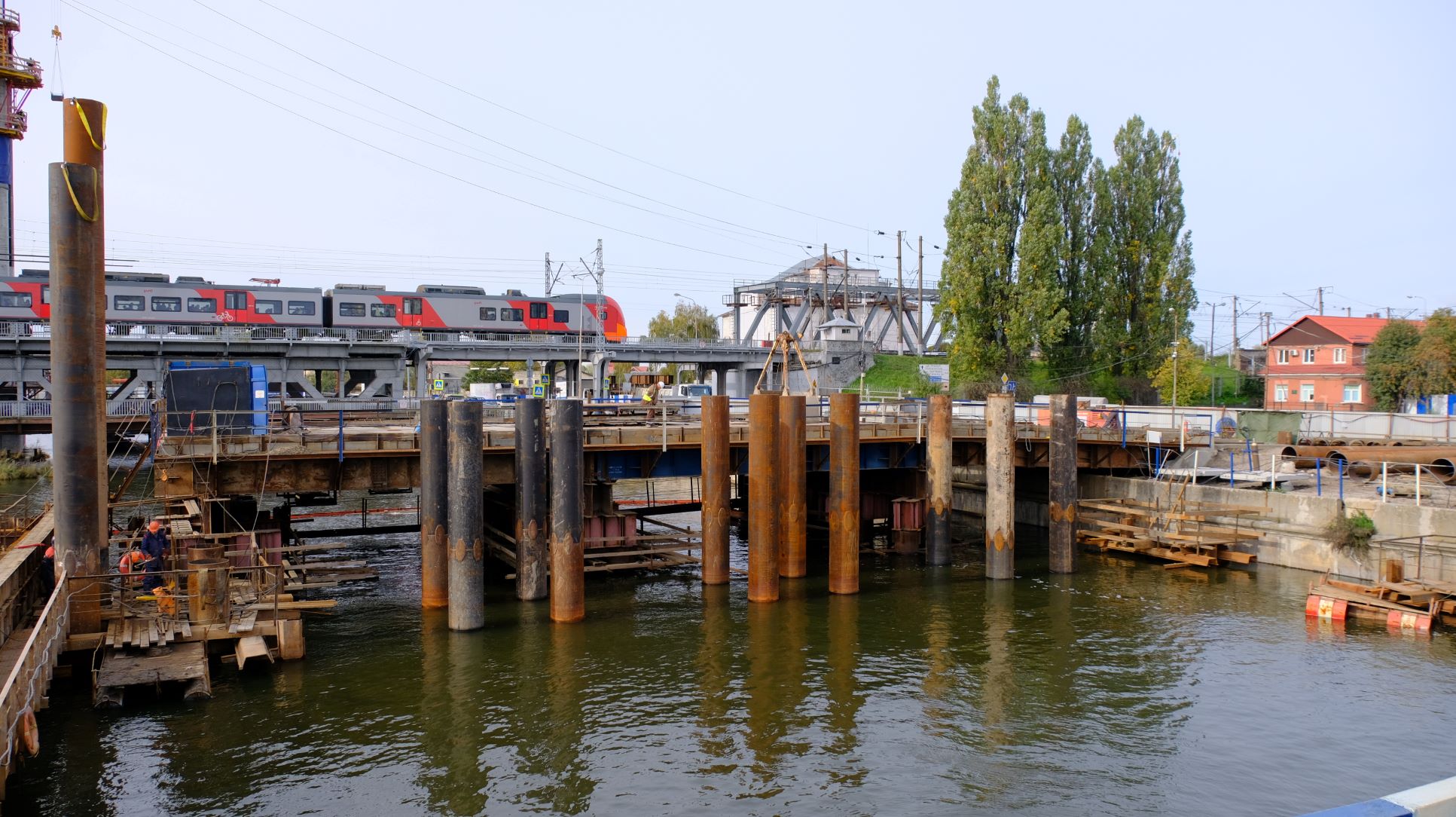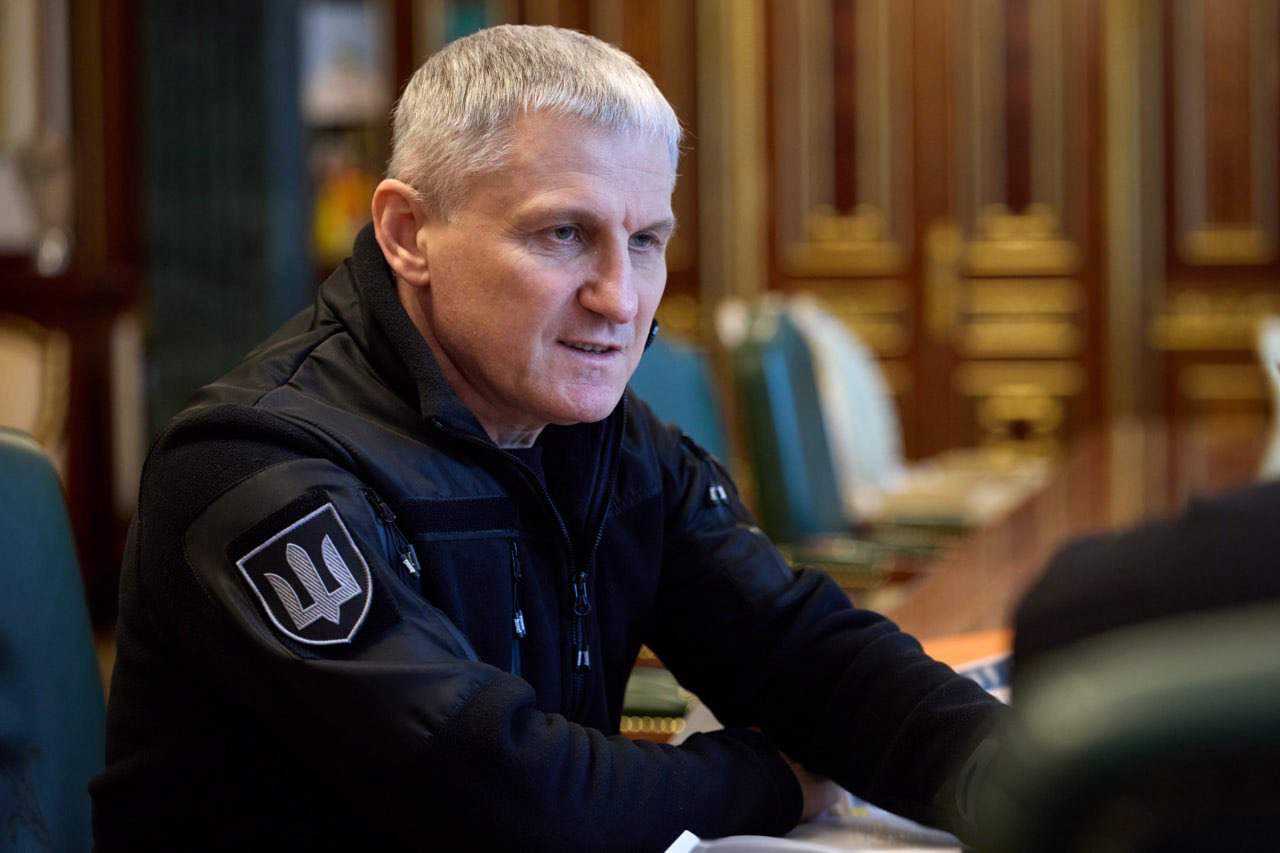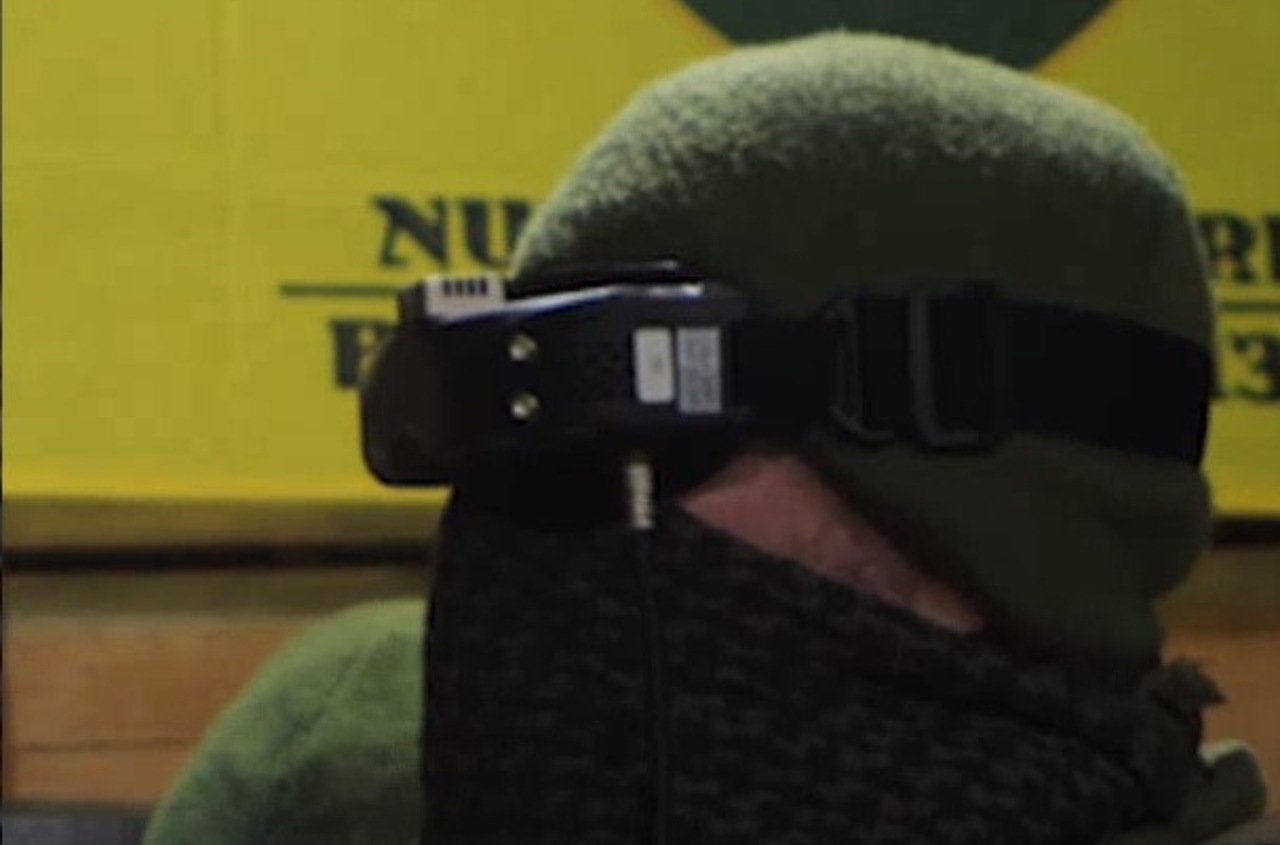Belarus’ foreign reserves, on paper, look substantial—$13.7 billion as of November 1—but liquidity is catastrophically insufficient. Only $5.3 billion is available for operational external payments; about $7 billion is tied up in gold, which due to sanctions would have to be sold at a discount; and $1.4 billion consists of IMF Special Drawing Rights, effectively unavailable for disbursements. Therefore, the actual resources for settlements are limited and vulnerable.
In 2026, debt payments will exceed these capabilities. Belarus will need to allocate 17.7 billion Belarusian rubles for principal repayments and 6 billion for servicing obligations, totaling around $8 billion at the current exchange rate. Given this gap, reserves could quickly run out if relying solely on domestic sources.
Official acknowledgment of this risk came from Finance Minister Yuri Seliverstov: the regime plans to secure additional resources from Russia to cover the deficit. This position departs from recent statements by the National Bank about “self-sufficiency” and intentions to use domestic reserves, including a planned reduction of $4.5 billion in stockpiles.
Even if the Kremlin agrees to help, Moscow’s capacity is limited: the Russian budget faces a large deficit, and funds for transfers are shrinking. As a result, the scenario of Belarus’ finances “drying up” is real—the prospect of “no money and none coming” becomes the baseline scenario for the coming year.




















